Ethical Animal Tourism: How to Travel Ethically 101
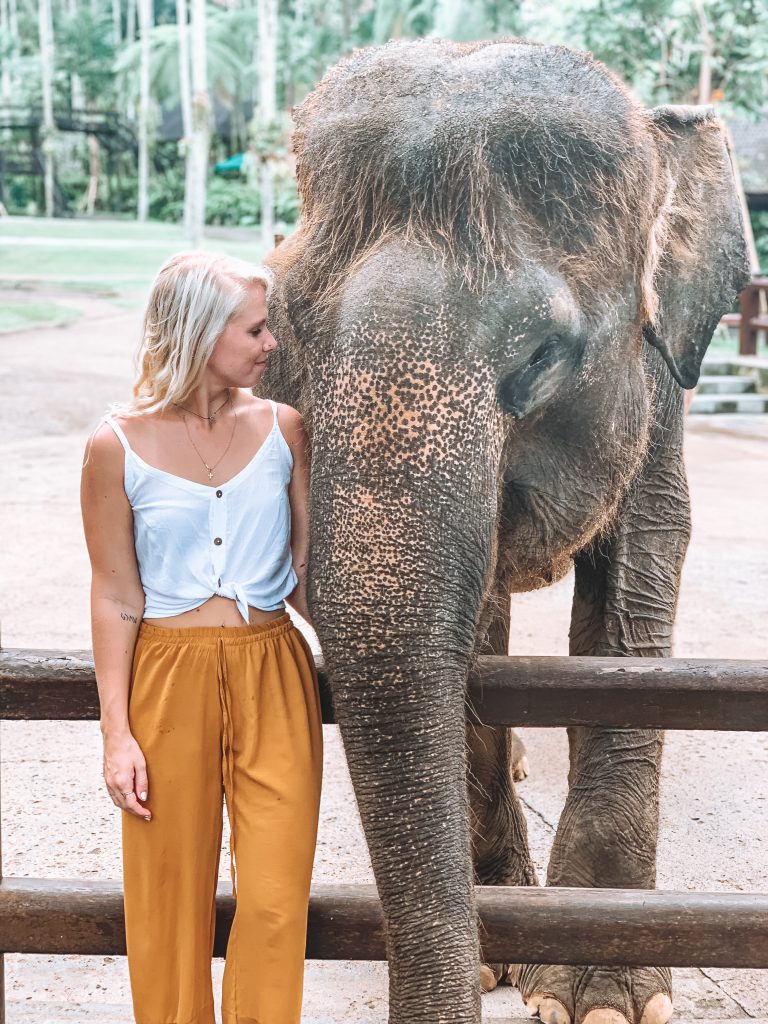
A Quick Guide To Ethical Animal Tourism
We have all seen the images of people holding baby tigers, swimming with dolphins or the true classic riding an elephant. While many people have now started to realize the dangers behind these types of interactions, many people still aren’t fully aware of the way in which to engage with ethical animal tourism.
Responsible animal tourism should be the ONLY way tourists interact with animals during their travels. If done right, wildlife tourism can have a great impact in conservation and protection of animals. It can bring in much needed funds which can be used to restore wildlife population, increase efforts against poaching, protecting the animals’ habitat, help in maintaining the population and even in creating awareness.
However, unfortunately a lot of animal encounters around the world are far from being ethical. Overly enthusiastic tourists end up engaging in activities that, although seemingly harmless, have a terrible impact on the wellbeing of the animals. The problem is that, without realizing, many of us are actually guilty of getting involved in unethical animal tourism. You see, even if it is not vividly cruel and violent, it doesn’t mean it’s ethical. So how do we determine which activities are okay and which aren’t? First we need to define what ethical animal tourism is.
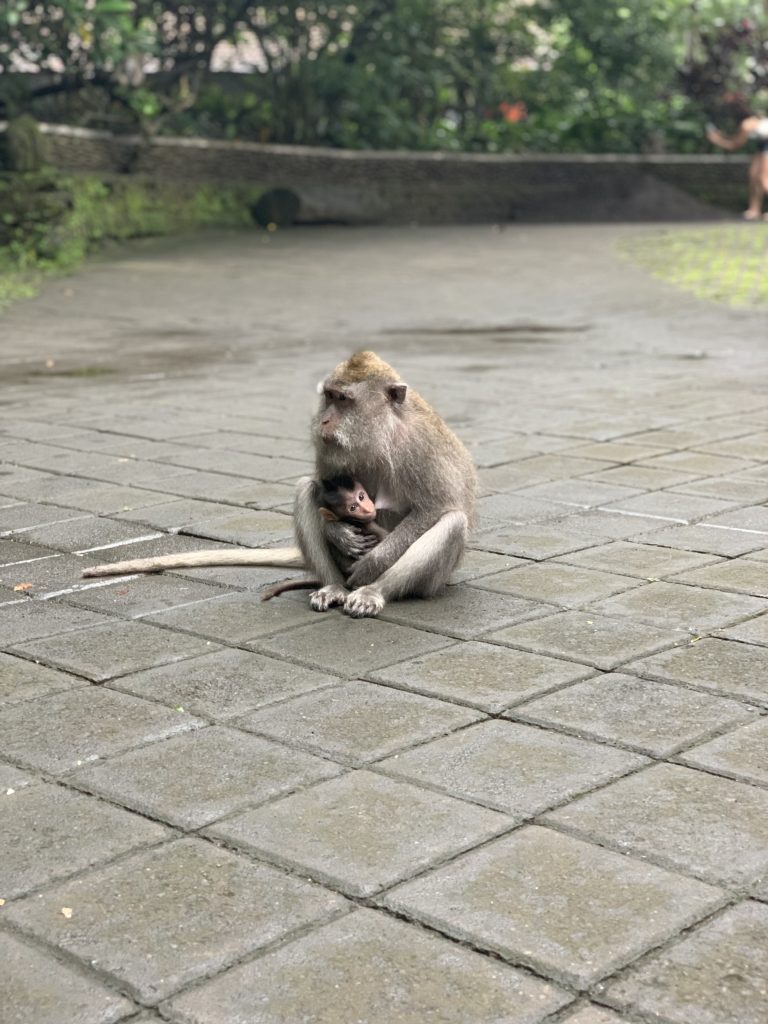
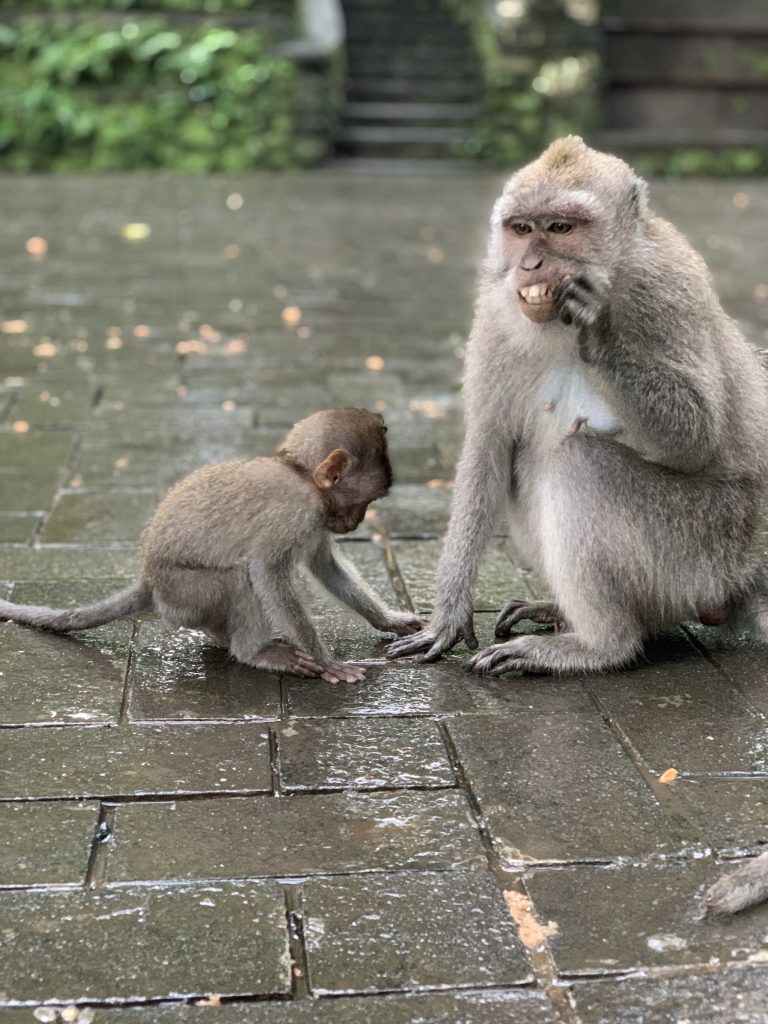
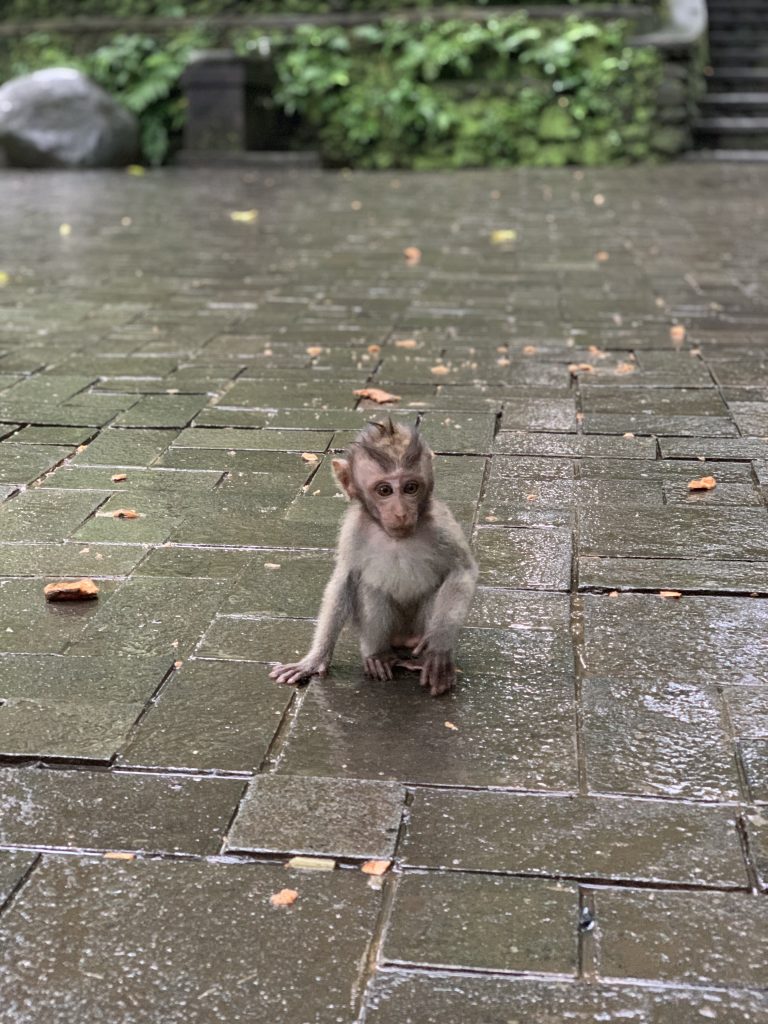
What Is Ethical Animal Tourism?
The whole point of ethical animal tourism is to make sure that animals are treated humanely. It means that you, as a tourist, can observe animals and even interact with them in ways that don’t impact their welfare. The final goal of the activity should be one of the following:
- to raise funds for the protection and conservation of the animals
- raising awareness on the most common issues they may be facing in terms of living conditions in their natural environment
- the challenges of their protection and conservation
So, what about sanctuaries? This can be tricky as many places claim to be a sanctuary but when you dive deeper into their practices and how they care for the animals, you can tell they are in fact not ethical at all. An animal sanctuary can only be deemed ethical if the animals tare living in an environment that is as similar as it can be to their natural one. This includes factors such as habitat, presence and type of interaction with other animals, feeding patterns, climate and so on. Are the animals living in spaces that are as closely constructed to their real environment? Are there too many animals in a single space? What type of interactions are offered with the animal and how intrusive is it? These are the types of questions you should start to ask yourself!

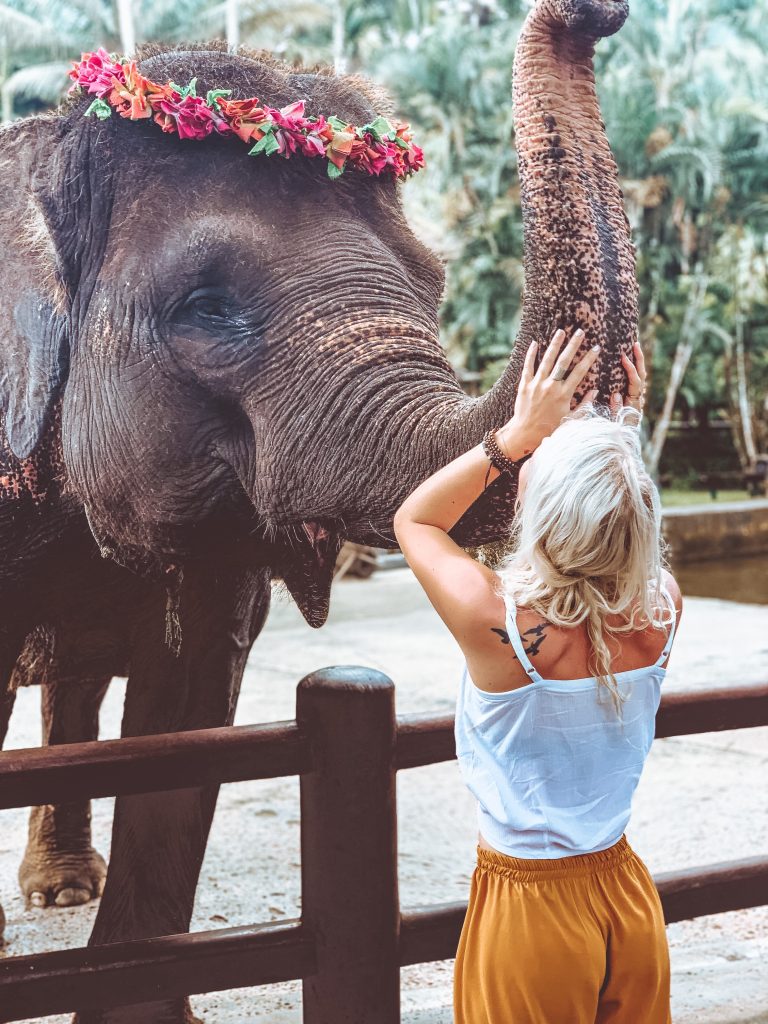
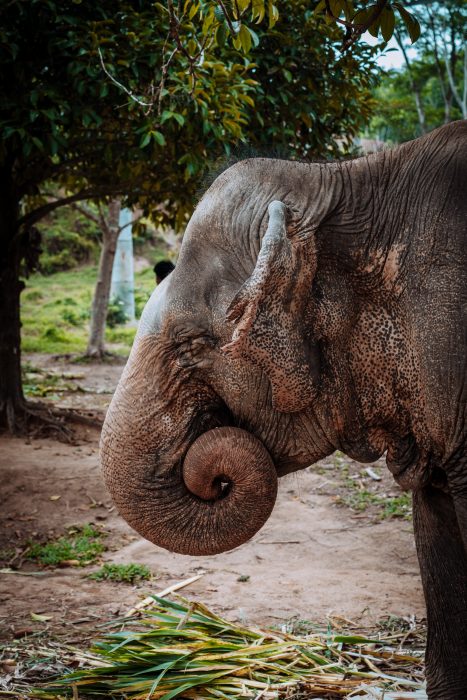
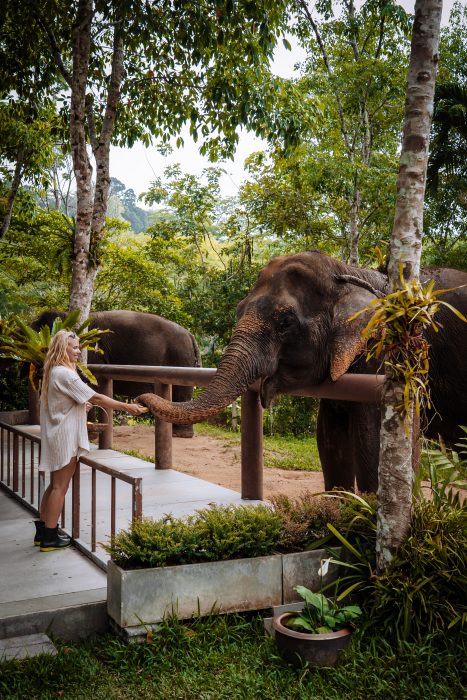
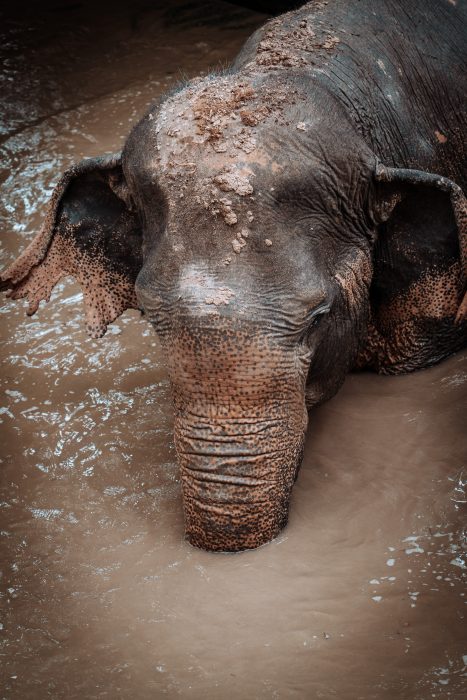

A Few Tips For Ethical Animal Tourism
The whole point when considering ethical animal tourism options is understanding that no animal would ever choose captivity over freedom (pretty simple right?). The sad truth these days, is that if animals are involved in an attraction, there is a high chance it is something that you shouldn’t be doing. This isn’t to say there are zero options however.
Engaging with animals in ethical ways is easier said than done when even the places that feign a responsible tourism badge are not entirely trustworthy. So, what can we do to make sure that animal encounters are run in an ethical way? Here are a few tips I try to follow when choosing activities.
Do your research
Make sure to research before you book any activities or excursions. Take the time to educate yourselves on the issues behind unethical animal tourism. Check to make sure those practices are not occurring anywhere within the organization or company you are doing the tour with. Don’t support organizations that profit from animal cruelty and abuse. Instead search out and support the truly responsible wildlife tourism activities whose main goal is rehabilitation, and benefiting the animals wellbeing.
Watch out for places that advertise themselves as sanctuaries but which in reality are just exploiting animals for profit. A few things you may do to gain more knowledge are:
READ ONLINE REVIEWS
Other travelers are bound to write about their experience. You don’t need to be the first to investigate. Look at the reviews, particularly the bad ones and see WHY they rated it poorly. People can often tell when animals are not being taken care of properly. If you see even a few negative comments about the health or treatment of the animals observed by previous travelers, then you know this isn’t the right choice.
OBSERVE PHOTOS
This is one way you may be able to realize that the activity is not run in the best interest of the animal. I did this when researching an elephant “sanctuary” in Indonesia and it took me less than a few seconds to see that they offered elephants rides and the elephants were in chains. You can usually tell when an animal looks unhealthy or not well cared for. Try to see if it is clear that animals have access to food, water and shade. Make sure they aren’t packed together in too small of an area. If you see cages or not proper/ suitable enclosures then this isn’t an ethically run program.
READ ABOUT THE ORGANIZATION
Make yourself acquainted with the organization’s mission. Read their about profiles and see how they got started and how the are spending their funds today. See what activities they offer. Check if they work with local authorities to protect wildlife and the environment. See if they give back to local communities. Do they invest in raising awareness? Do they help fun conservation and further research? A simple Google search for the name of the organization + animal cruelty may bring out some surprising results. If you are still unsure, call them and ask direct questions. If they aren’t transparent then consider this a red flag. Like Arianna Grande said, “thank you, NEXT”.
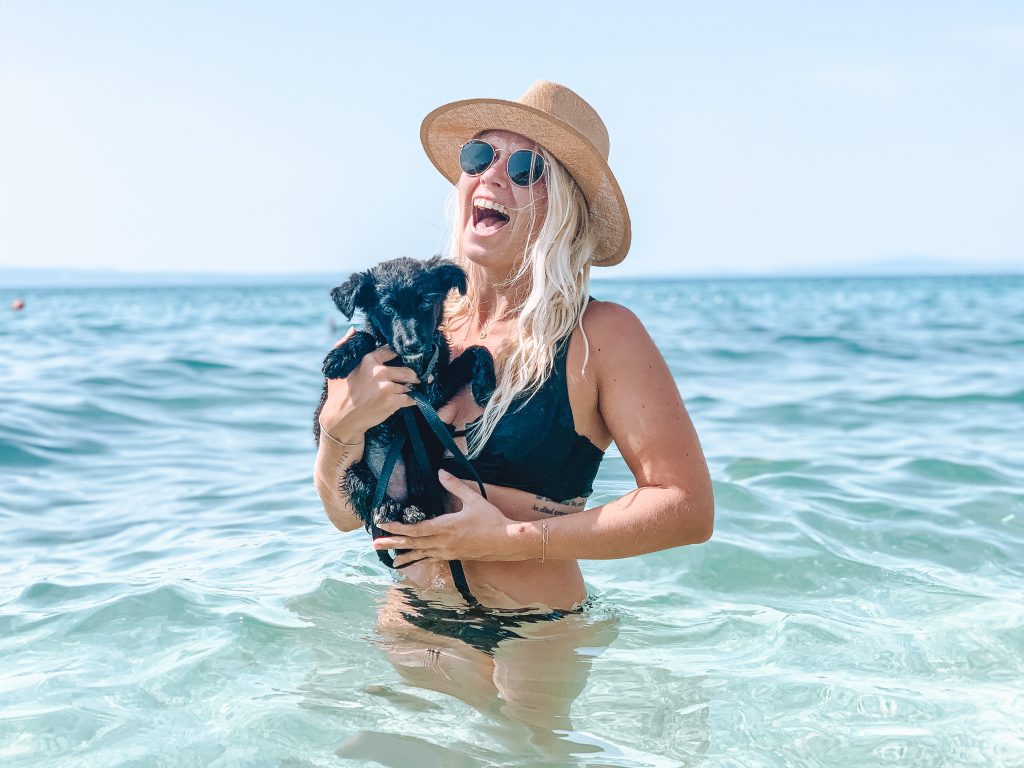
Learn from your mistakes
I want to make this section clear. We are all humans, so we all make mistakes. Despite our best intentions sometimes things don’t go as we expected. I have gotten involved in unethical animal tourism in the past when I first started to travel. I can look back with the knowledge I have now and know I should have seen the signs. However, I cannot change it now, I can only do better going forward. Today I make sure to research and educate myself any time I know animals are part of the experience I am about to sign up for.
I also look for organizations that encourage volunteer work. These organizations tend to be very transparent in their activities. For example, the picture above was with a rescue called Bestie Split in Croatia who help save street animals and give them proper health care and work to get them adopted! Theses are the organizations who deserve your time, attention and support.
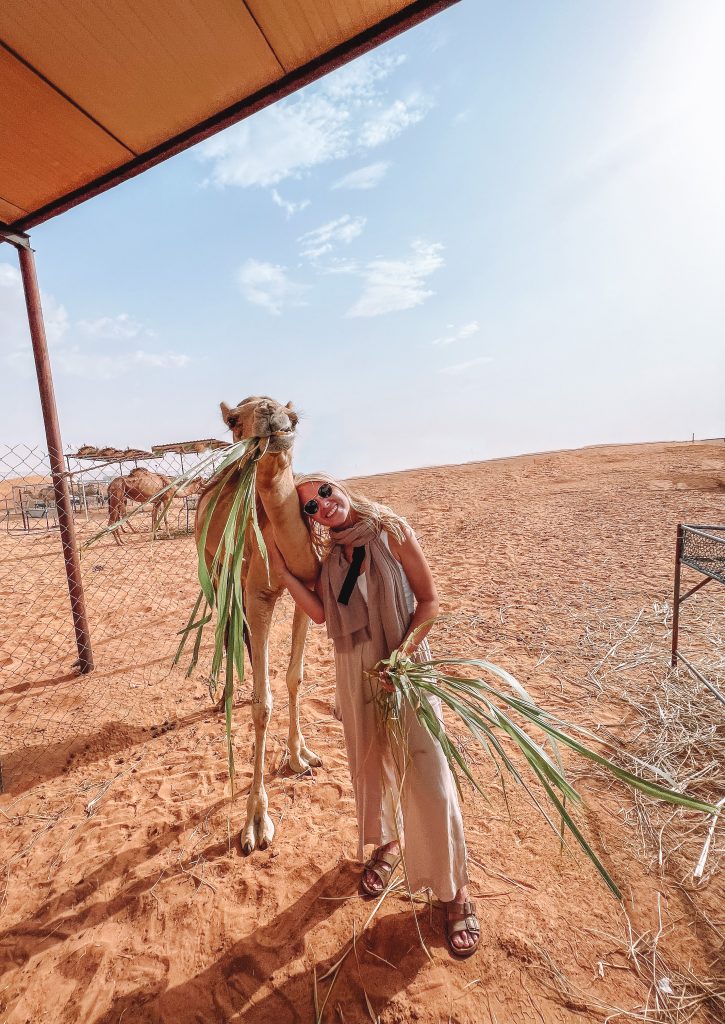
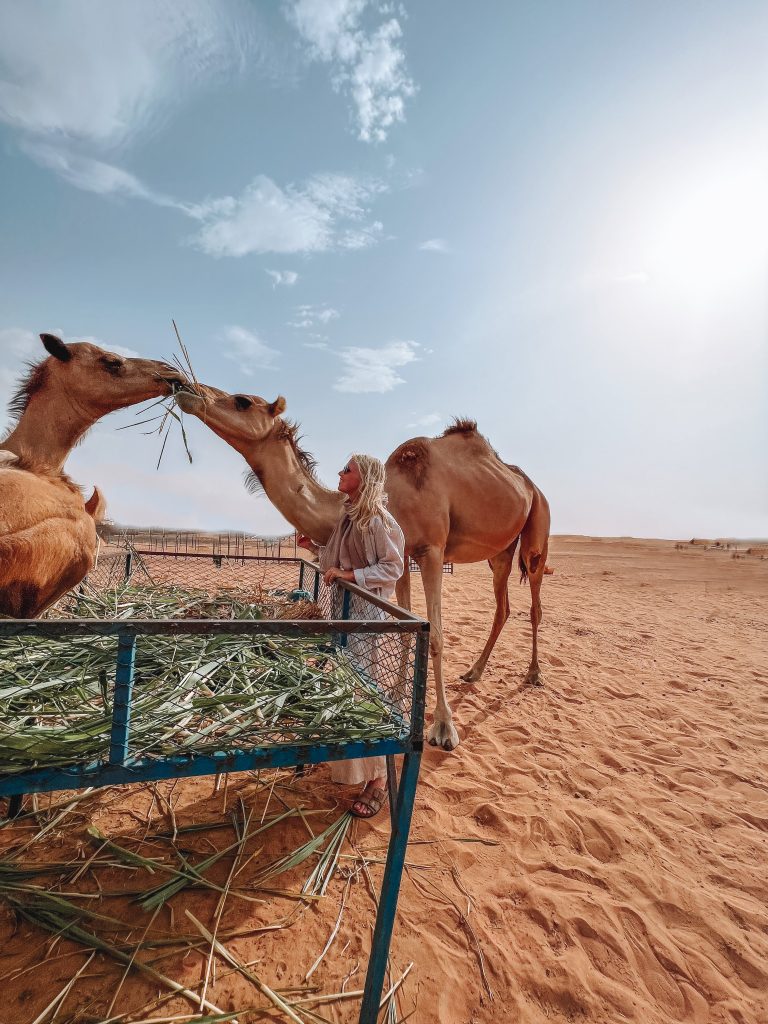
Final Thoughts
So, after all of this I am sure a lot of you are thinking ’is it still possible to have an an interaction with animals without contributing to their exploitation’?
The answer is yes, but it is tricky. You must put in the effort to do it correctly.
Ethical animal tourism in essence, means observing animals in their natural environment with a reputable company who works hard to protect them and is known to be ethical. It’s important that we support the organizations and tour operators who truly work in the name of conservation and education. Bringing awareness to the needs of these amazing creatures is important. I would even argue that you SHOULD find these organizations while traveling as a responsible traveler. You should support, by traveling with and using their services, by making donations, by volunteering your time and finally by recommending them as good companies to other travelers.
Most importantly, remember that interaction with animals should never cause them pain, stress or discomfort. If we all push for an improvement on ethical animal tourism, we will eventually get there. It is our duty as world travelers to protect and advocate for those who cannot do it for themselves!
If you have any companies who have wonderful ethics and you wish to share their information please feel free to leave them in the comments below! I would love to help promote them as well 🙂
Happy & responsible travels xx
Like it? Pin it !
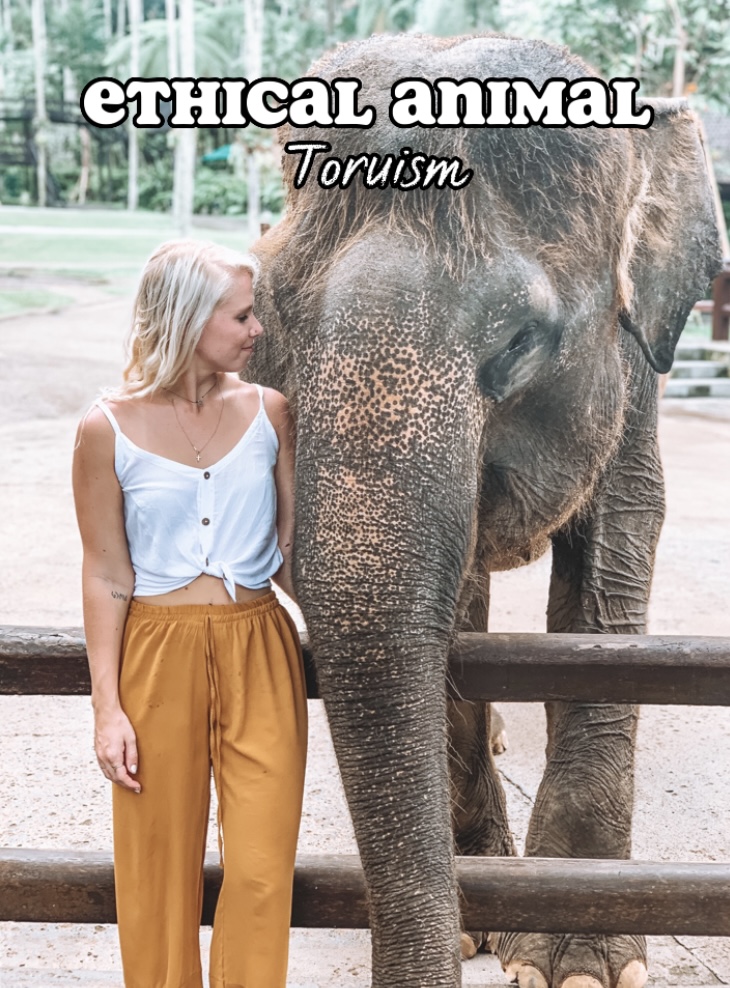
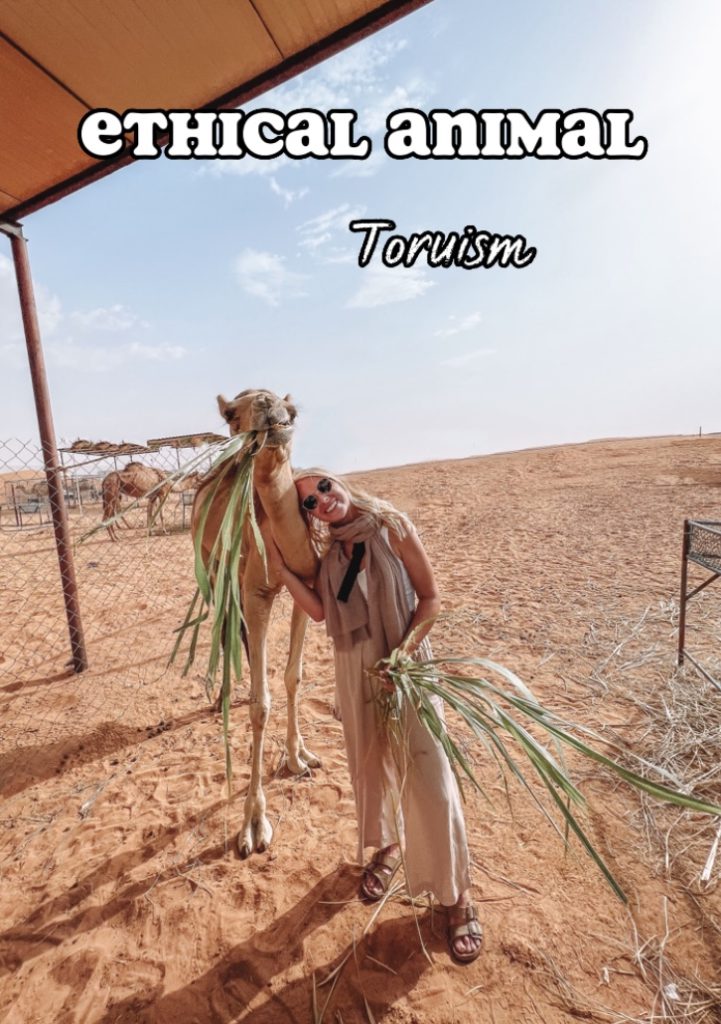
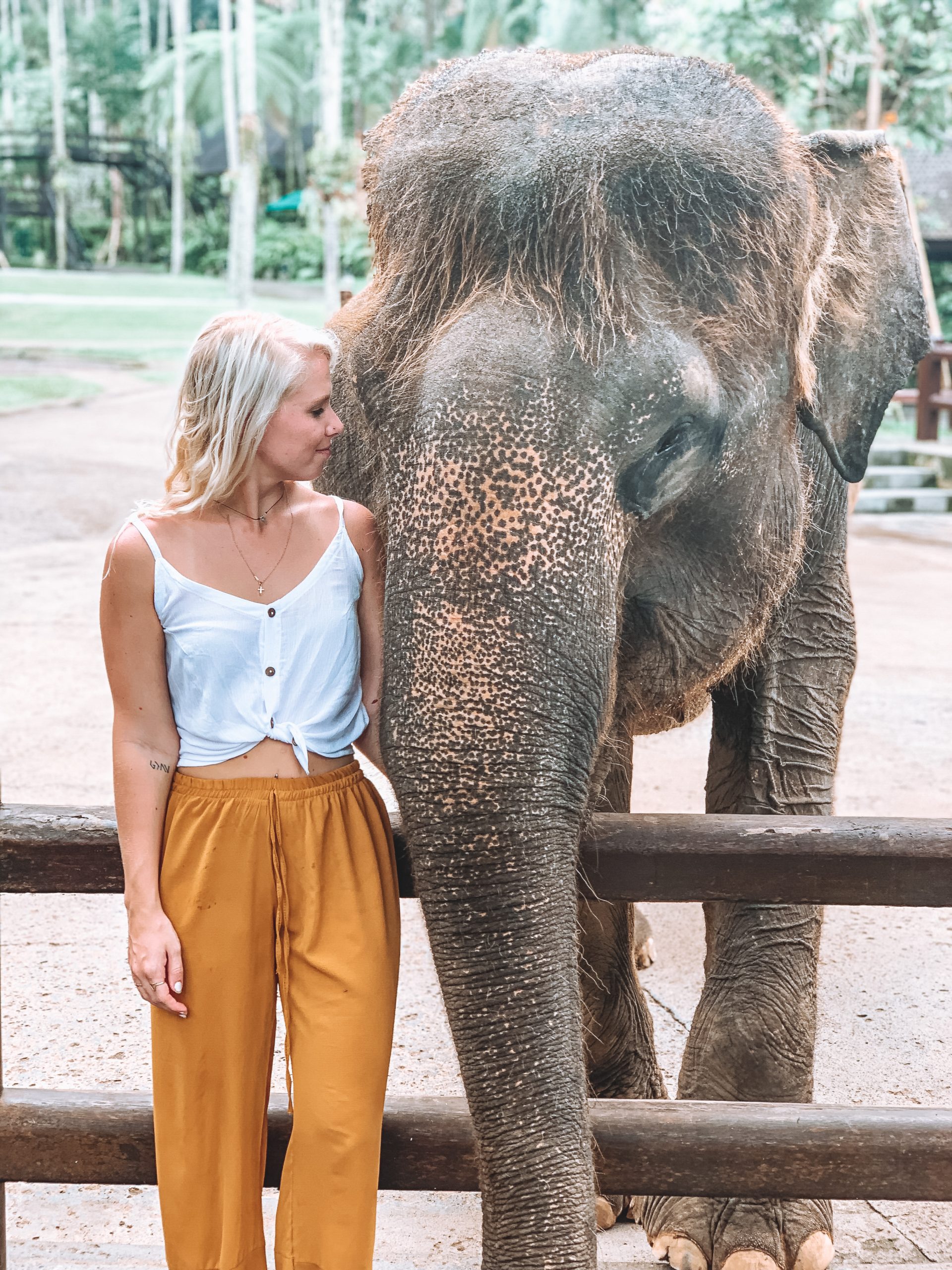






Such an important post, thank you for sharing! I accidentally visited a pretty questionable elephant sanctuary the first time I visited Thailand and have regretted it ever since! Definitely do a lot more research now!
We all make mistakes, the important thing is that we learn from them!! Love that you care enough to research now 🙂
I love the positivity of the dog rescue!
They’re such a great organization!!! It’s brilliant how they rescue and then take them out for adventures with people who can adopt them 🙂
I grew up in Kenya where ethical animal tourism is the heart of the tourism industry – so it breaks my heart when I travel to other parts of the world where there can be so little care for the environment. I do love that there’s growing support for eco-tourism now!
wow, that’s amazing!! I hope to make it to Kenya one day soon. It really is the heart of animal tourism done right xx I hope the rest of the world follows suit.
Sometimes it’s hard to tell which organizations are helping animals and which are exploiting. Thanks for the info!
Yes, especially with the “green-washing” so many organizations do today it is more of a challenge! But I am glad to hear this article was helpful for you 🙂